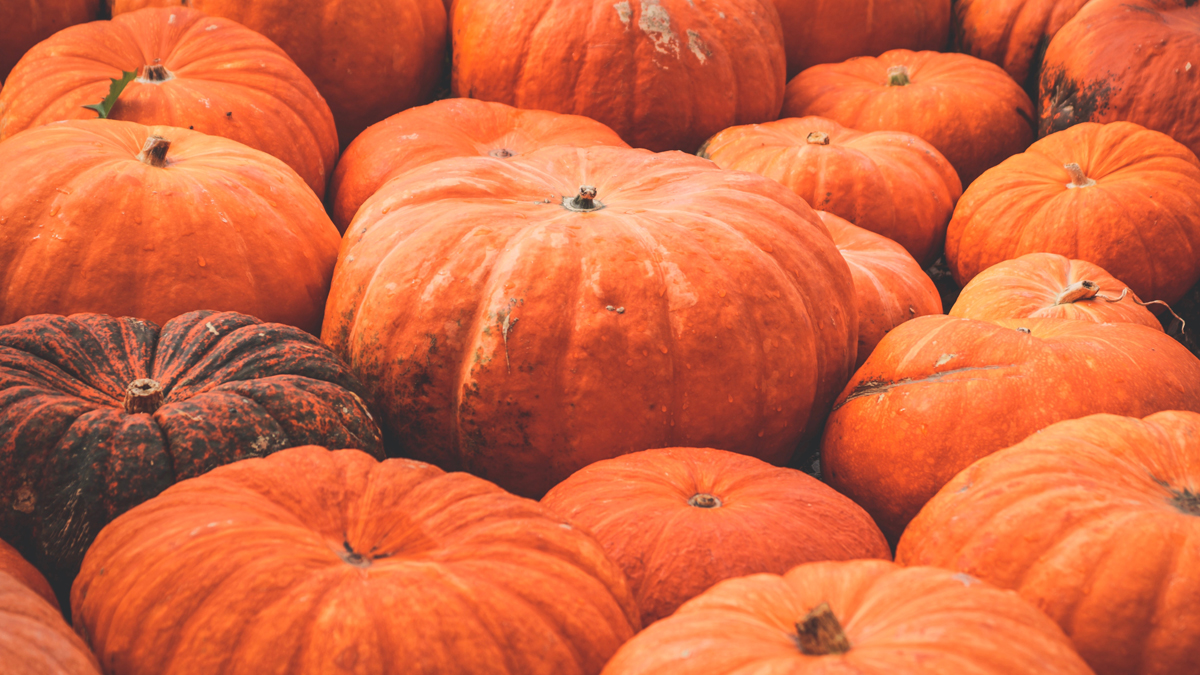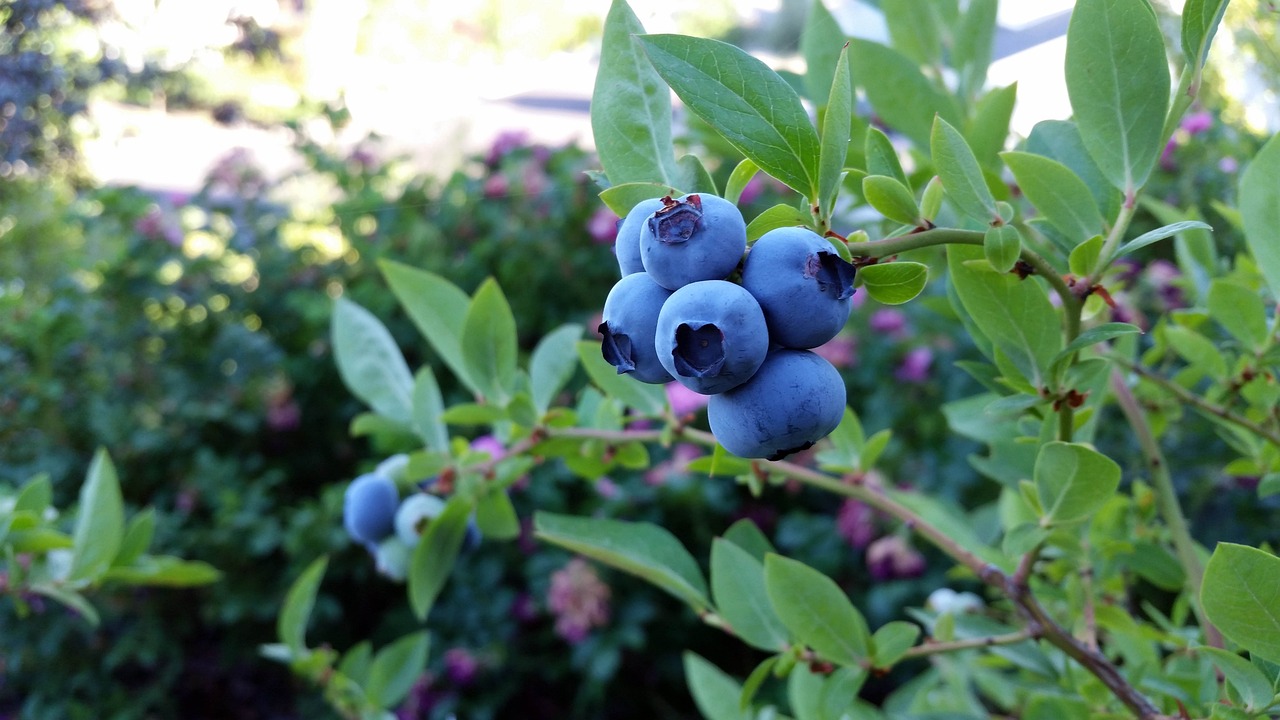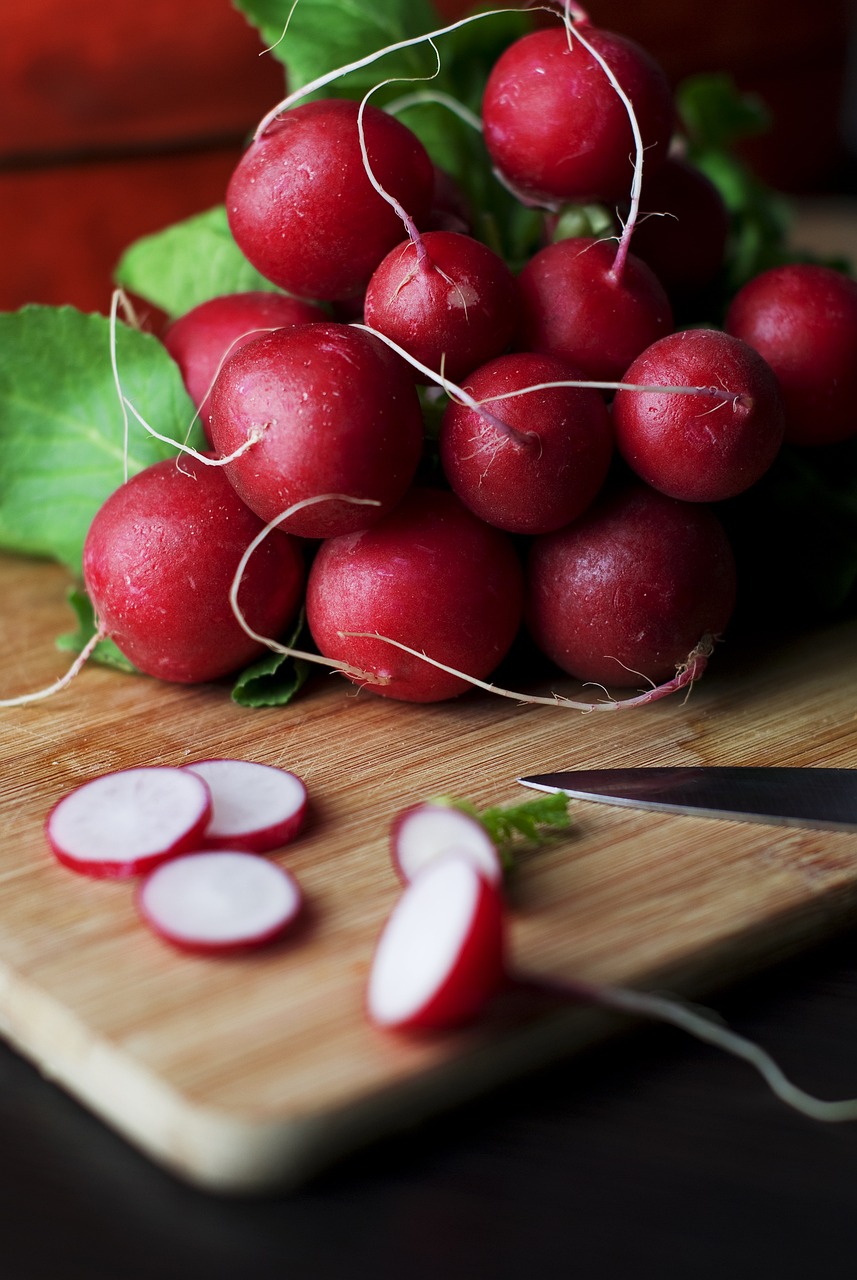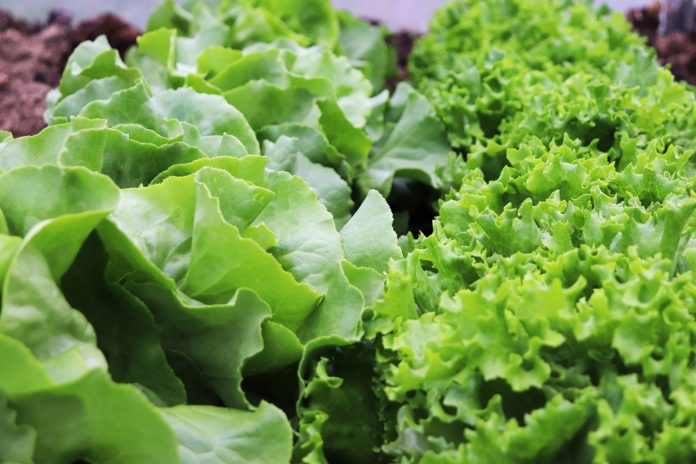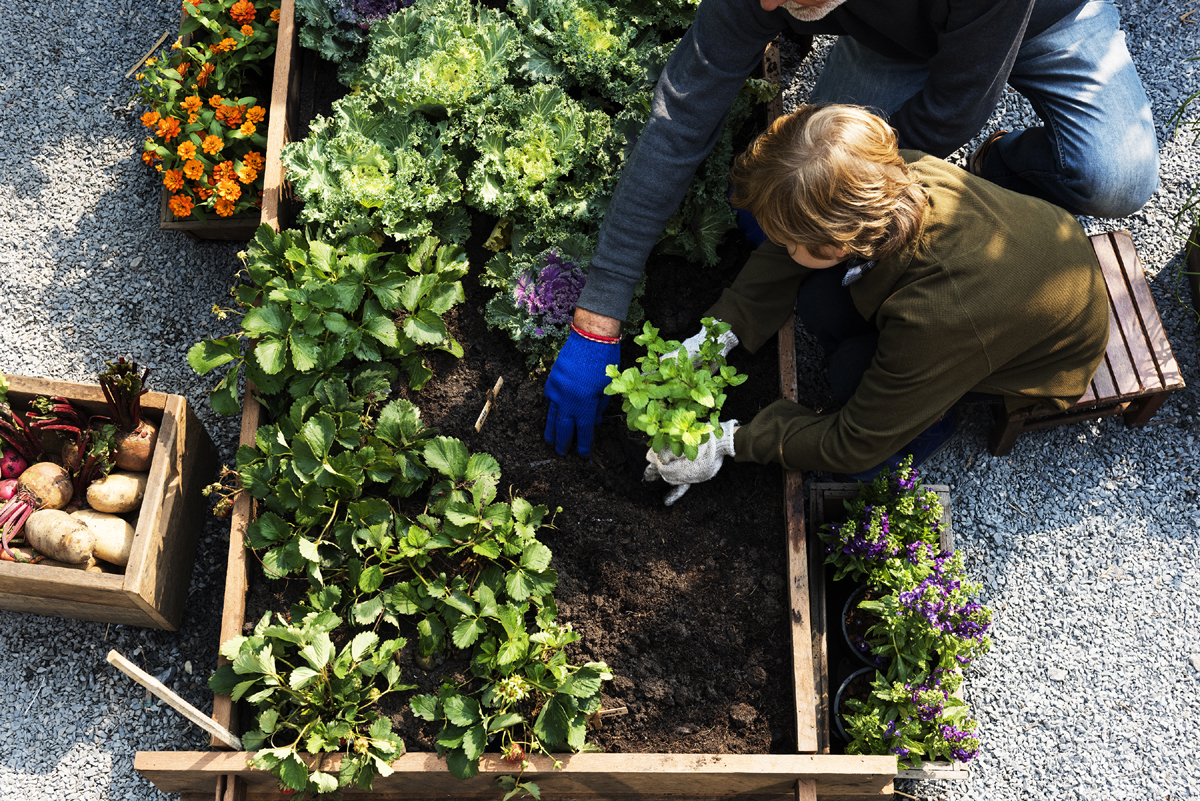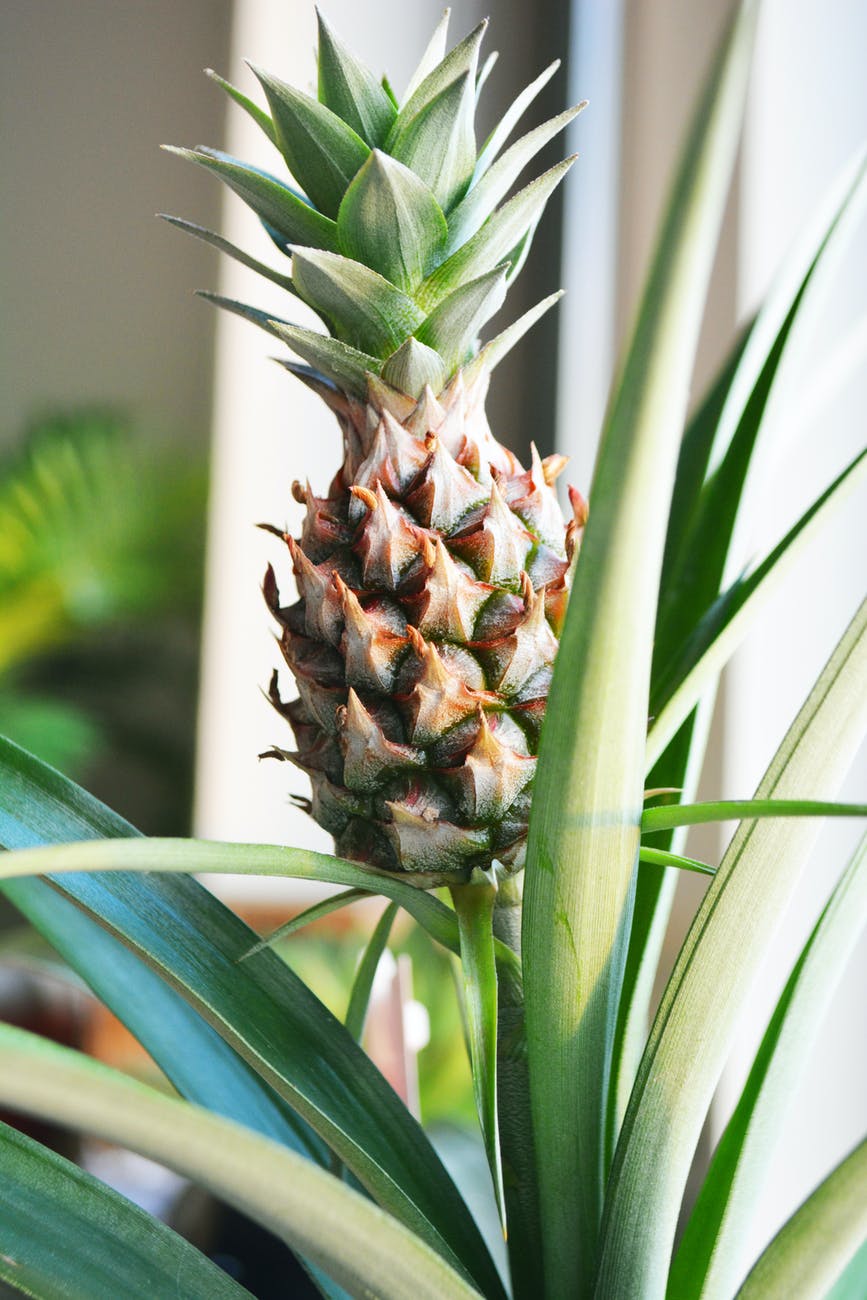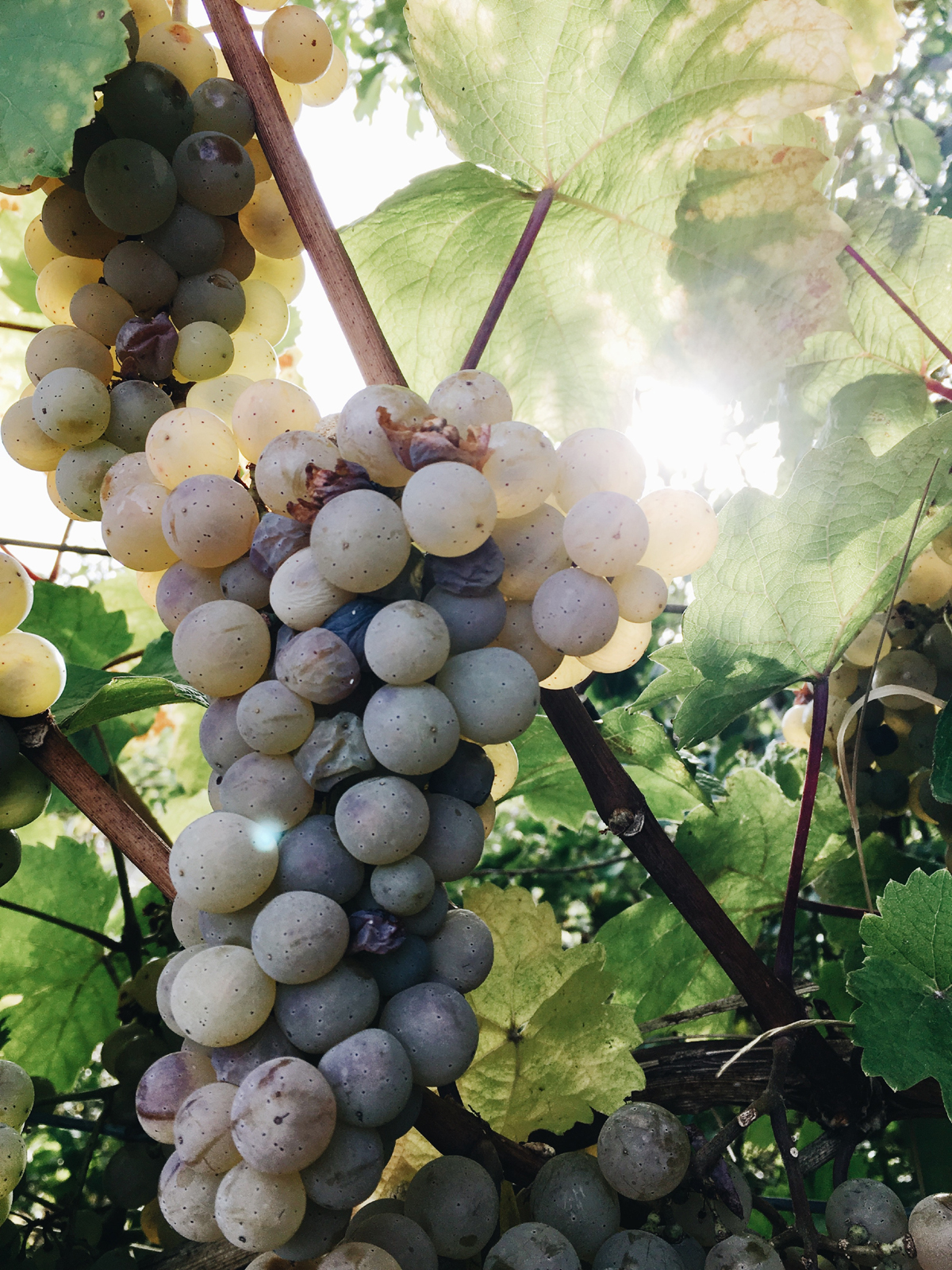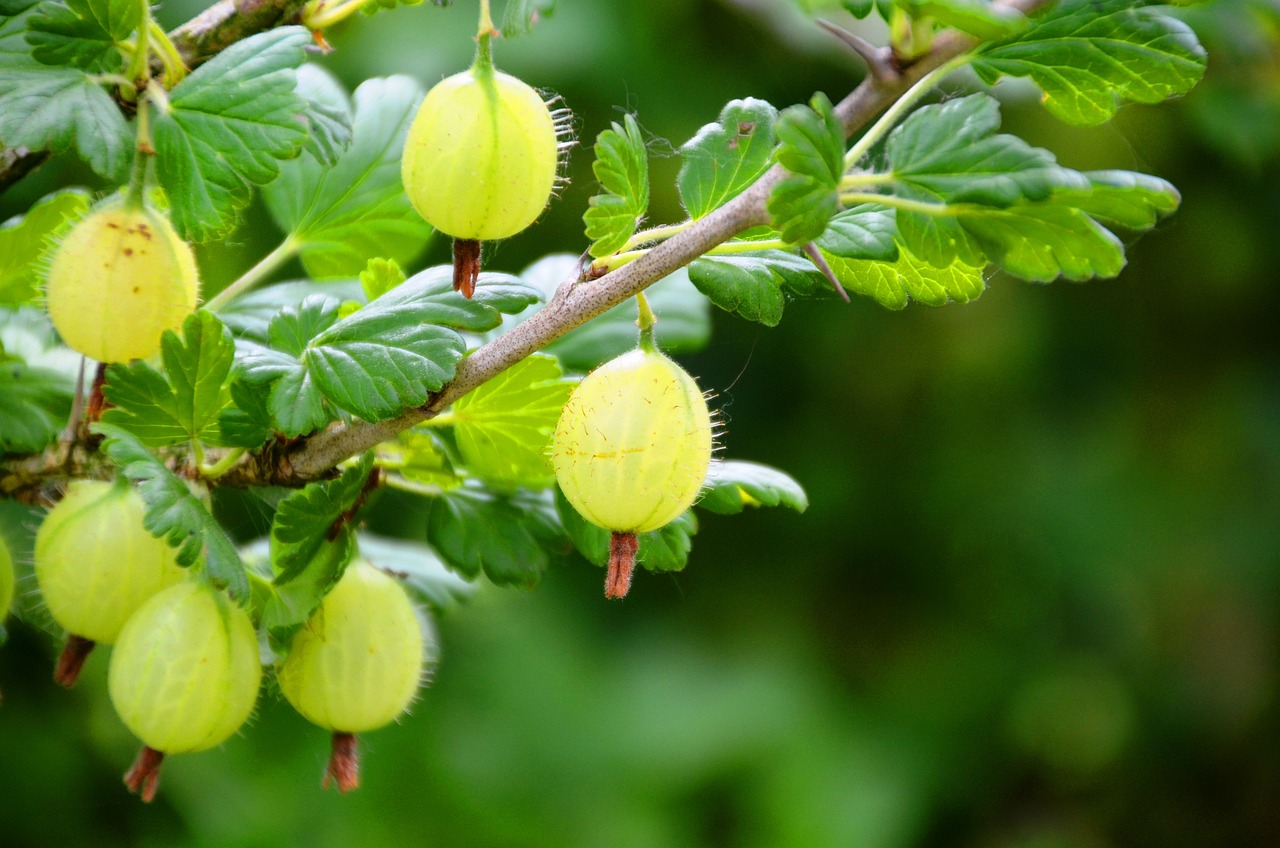Growing Organic Cabbage
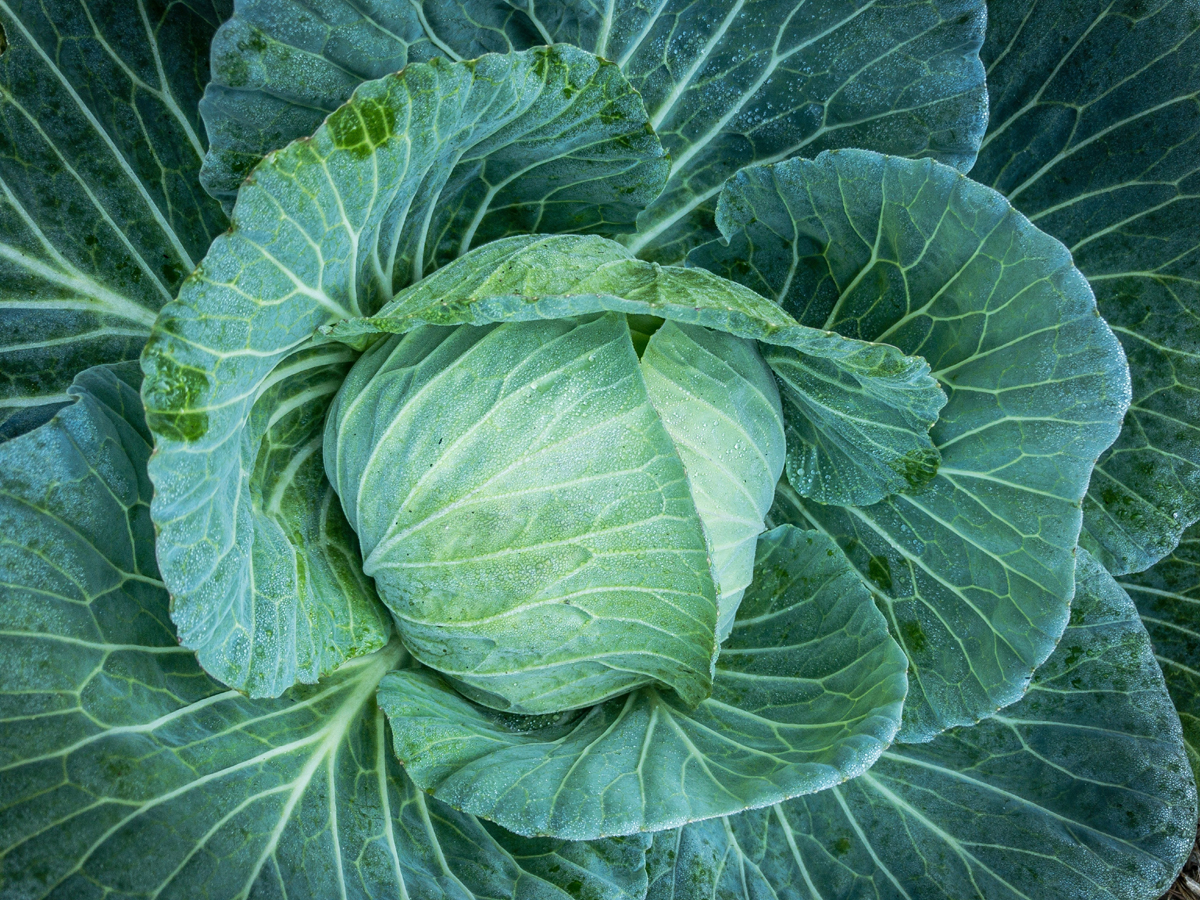
Cabbage is a staple every gardener should grow, and it’s not hard to learn to grow cabbage. It does help to have some basic know-how, though. In this article we’ll reveal how to avoid splitting your cabbage, when the best time to harvest it is (hint: not at the stage you purchase it at in the supermarket), and how nitrogen levels may affect pest levels.
When to Plant:
Start cabbage seeds indoors 4 weeks before last frost. For a continual harvest, plant outdoors every two weeks after the last frost date, planting the last crop in July for storage in the fall. Due to the cold Pacific Coast moderating the warmer temperatures, California is able to grow cabbages year around.
Where to Plant:
Full sun and very fertile, well drained soil.
Preparing The Soil:
All members of the brassica family (such as cabbage, broccoli, cauliflower, collards, kale, and Brussels sprouts to name a few) are are big consumers of soil nutrients. Add plenty of well rotted manure and compost to the soil before planting. Cabbage plants prefer a liberal, balanced amount of nitrogen, potassium, and phosphorus. Many problems with cabbage are avoided when the pH level is right around 7.2. If your soil pH is low, adding lime will bring it up.
Seeds and Germination:
Cabbage seeds germinate in soil temperatures as low as 50 F but will take 2 weeks or more before germinating. The most ideal temperature for germination is 80-85 F, taking only 3-4 days to sprout.
Seed viability: 5 years
Getting Started Indoors (transplanting):
Cabbage is very susceptible to transplant shock but with care, cabbage seeds can be started indoors for faster germination. Start cabbage seeds indoors in flats � ” deep and 2″ apart.
Set in a sunny location or under grow lights with a temperature of 65-75 F (some varieties can germinate in lower temperatures). Once the seedlings have emerged, keep the air temperature between 60-65 F.
Seedlings can begin the transplanting process once the outside temperatures reach a steady 50 F and the seedlings have developed three true leaves. Harden off seedlings (set out during the day and bring in at night) for a minimum of one week before planting outside. Plants should be well watered before transplanting.
When transplanting, be careful not to disturb the root ball. Plant a little deeper; bringing soil level slightly above the previous soil line. Choose a day to transplant that is cool and overcast. This will help prevent transplant shock which can be caused by a changes in temperature and light, disrupting the root system, or not enough water.
Planting / Growing
(Planting seeds directly into the garden)
SPACING:
Space cabbages 12-18″ apart with 2-3′ between rows to allow for spreading roots. Wider spacing provides space for larger heads to develop but young, smaller headed cabbages are more tender and flavorful. To get the best of both worlds, space cabbages 12″ apart and harvest every other one when about the size of a softball for fresh eating, leaving the rest to fully mature for storage.
WEEDING:
Young plants do not fair well if they are competing for space with weeds; it will slow their growth. Weeding is critical for plant development but be extremely cautious of the cabbage’s shallow, dense root system which can be easily damaged by using garden tools.
If a weed is growing too close to the root system, clip it at ground level; this will avoid damaging the cabbage plant’s root system. Once the heads begin to form, hand weeding is recommended. Applying a layer of mulch will help keep the weeds under control and help maintain even moisture levels.
SPLITTING:
Cabbage heads are prone to splitting. There are various reasons for this but the underlying reason is stress. The most common causes of splitting are fluctuation in soil moisture and overgrown heads.
To prevent splitting, keep soil moisture levels even and harvest earlier. Once a head is formed, plunging the blade of a spade or shovel into the soil on one side of the plant will cut some of the roots, slowing the bolting process.
WATERING
Keep moisture levels even and soil well drained throughout the growing season. Waterlogged soil will decrease the quality of cabbage. Sufficient amounts of organic matter is necessary due to its ability to both hold, or drain excess moisture.
Companion Planting & Rotation:
Cabbage grows well with most aromatic herbs, especially chamomile. Clover planted in the spaces between the cabbages has been effective as a living mulch, preventing pests from accessing bare ground on which to hatch their eggs.
Celery as been observed to strengthen and promote the growth of cabbage. For varied reasons, bad companions include tomatoes, dill, pole beans, and strawberries. When growing cabbage, avoid following other cabbage family plants.
When to Harvest:
Cabbage heads can be harvested when the head becomes firm. For the most tender, flavorful heads, harvest when the size of a softball; what they are lacking in size these small heads will make up in flavor. When harvested at this size, the plant will often produce a second head.
Allow growing cabbage heads to mature for the highest yields. (See ‘Spacing’ for harvesting tips)
Be sure to keep an eye on the weather forecast. Rain may cause fully-ripened cabbage heads to split. If this happens, you have a short time in which to harvest your cabbage or they’ll begin to rot.
At the harvest, cut as close to the head as possible and this will allow for more small heads to grow. These can grow 2 or more inches and are quite tasty.
Common Pests and Problems:
There are a few things you can do to keep growing cabbage from being attacked by pests:
- Overhead watering will help detach insects from the plant.
2. Controlling nitrogen levels will keep the aphid numbers down; high levels of nitrogen have been shown to increase aphid population.
3. Using compost or straw mulches will significantly reduce the amount of fly larvae hatched directly into the soil. It also serves as a habitat for ground and rove beetles, predators of the cabbage maggot.
4. Floating row covers used during the critical period after the plant emerges or right after transplanting will prevent larvae hatchings.
Clubroot (a fungus that attacks the roots) that can be controlled by keeping soil pH at 7.2. If pH levels drop below that, liming is recommended.
Storage:
Bruised heads shorten storage life. Red cabbage stores better than green. Early varieties do not store well.
For late varieties: pull whole plant, roots intact rather than cutting. Remove outer and damaged leaves. Place on shelves or in a cellar wrapped in newspaper.
The Author:
Barry Brown is a 3rd generation organic gardeners who is passionate about a sustainable and natural lifestyle.

